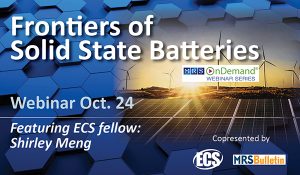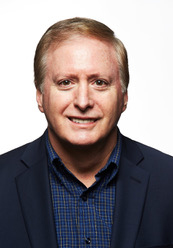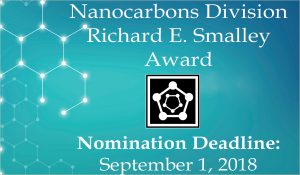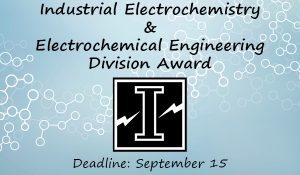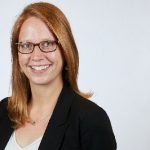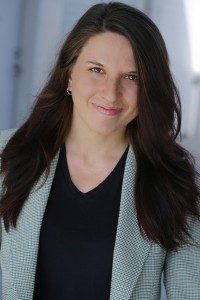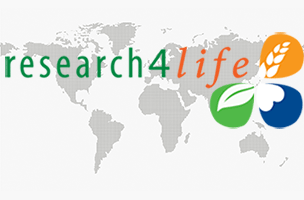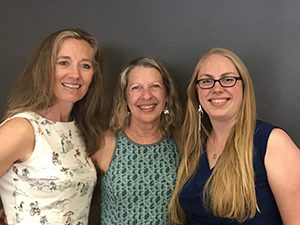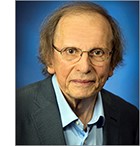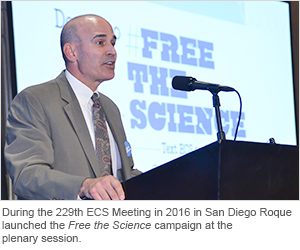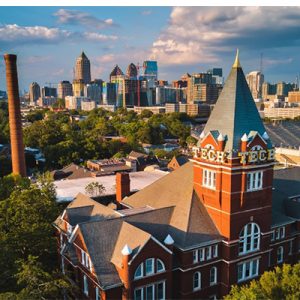 Join the ECS Georgia Institute of Technology Chapter and ECS Georgia Section for a free half-day conference featuring speaker William E. Mustain. Gather at Georgia Tech to share ideas, present work, and form new collaborations with graduate students and post doc researchers in the field of electrochemistry (including fuel cells, batteries, electrocatalysis, and bio-electrochemistry).
Join the ECS Georgia Institute of Technology Chapter and ECS Georgia Section for a free half-day conference featuring speaker William E. Mustain. Gather at Georgia Tech to share ideas, present work, and form new collaborations with graduate students and post doc researchers in the field of electrochemistry (including fuel cells, batteries, electrocatalysis, and bio-electrochemistry).
When: Friday, September 27, 2019
Schedule:
1000h | Check-in and Networking
1100h | Featured Talk
1200h | Lunch and Poster Setup
1245 h | Student Poster Contest
1430 h | Award Ceremony (more…)


